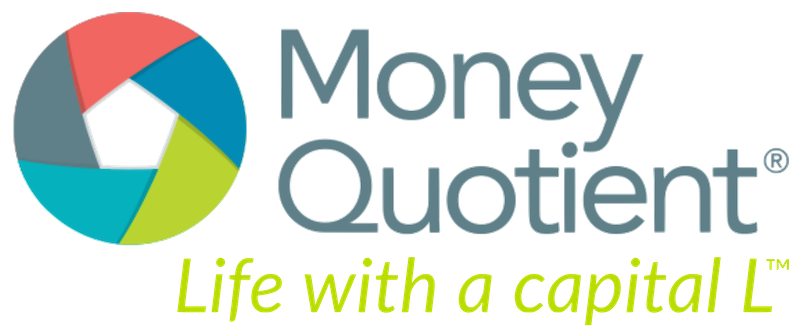 At Money Quotient, we believe that the most successful client relationships are built on asking the right questions. That’s because good communication is so much more about listening than it is about talking. And, to this end, the best financial planners continually seek to perfect their inquiry skills.
At Money Quotient, we believe that the most successful client relationships are built on asking the right questions. That’s because good communication is so much more about listening than it is about talking. And, to this end, the best financial planners continually seek to perfect their inquiry skills.
Several years ago, I read an interview with Elissa Buie, CFP® who provided a wonderful illustration of this point. She explained that she specializes in a holistic, client-centered form of financial planning. When asked how she got started along these lines, she replied:
I had hired a business consultant and he pushed me to evaluate who were my best clients. I realized I had no typical profile: I had clients from all walks of life, income levels, vocations, and avocations. The common thread was that my best clients were the ones I knew the best. So I flipped that around and realized I had to make sure I know all our clients as best I could. I started taking a life history of all our clients and from that evolved the goal-setting capabilities.”
Journal of Financial Planning, September 2001
Elissa’s phrase “my best clients where the ones I knew the best” really struck me, and I have quoted her time and time again. What she discovered is that knowing a client’s history gives important information regarding their unique “frame of reference.” That insight, in turn, provides the foundation for an effective and meaningful goal setting process.
… knowing a client’s history gives important information regarding their unique frame of reference. Click To TweetIn other words, a well-designed discovery process that focuses on biographical questions will help planners to gather information about each client’s past and present life that will provide important clues about what has shaped their attitudes, beliefs needs, and wants. This information includes:
-
Family history
-
Work history
-
Past experiences that consciously or unconsciously influence current financial behaviors
-
Family circumstances and responsibilities
-
Planned and unplanned life transitions
-
Fears and concerns
-
Values and priorities
-
Hopes and dreams
This type of inquiry allows planners to get in touch with the “frames” that shape each client’s unique version of reality. There are many other terms for this concept such as perspective, world view, and mode of operation. However, one of my favorites is “maps” as defined by Charles J. Pulvino, James L Lee, and Cynthia Forman in Communication with Clients: A Guide for Financial Professionals:
As people grow and develop, they store their life experiences and their reactions to those experiences. A person’s experiences are gradually woven into a personal representation of the world…Each person’s package of life experiences is analogous to a fine tapestry…In this book we will refer to these finely woven personal representations as maps.
The authors go on to explain that maps are built over time through an accumulation of life experiences that have a powerful influence on an individual’s financial life.
Clients’ maps affect how they make decisions; how they use money; how willing or capable they are to take risks, and how they view their personal, business, and financial goals. By understanding client maps, you have a better basis for communicating with them.
- Carol Anderson
